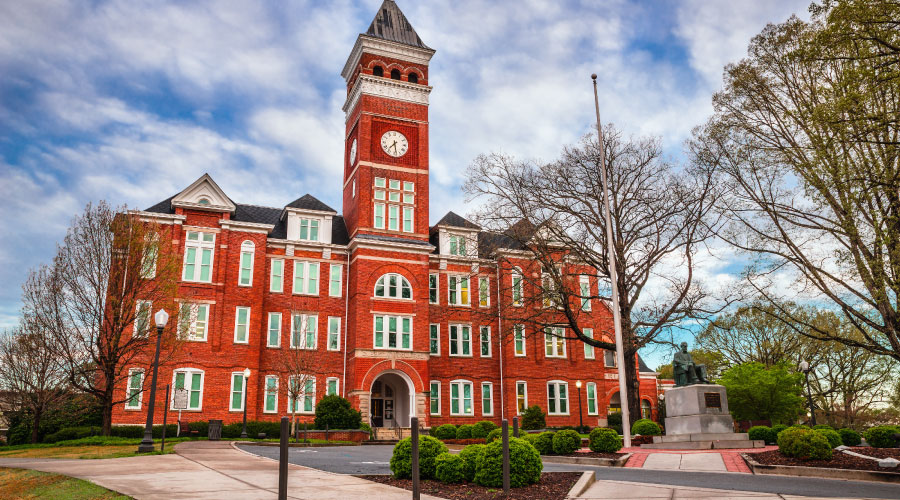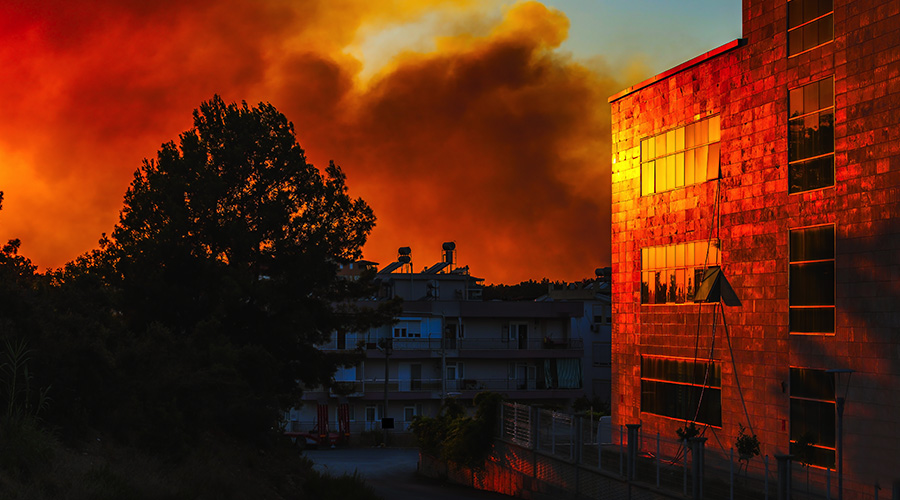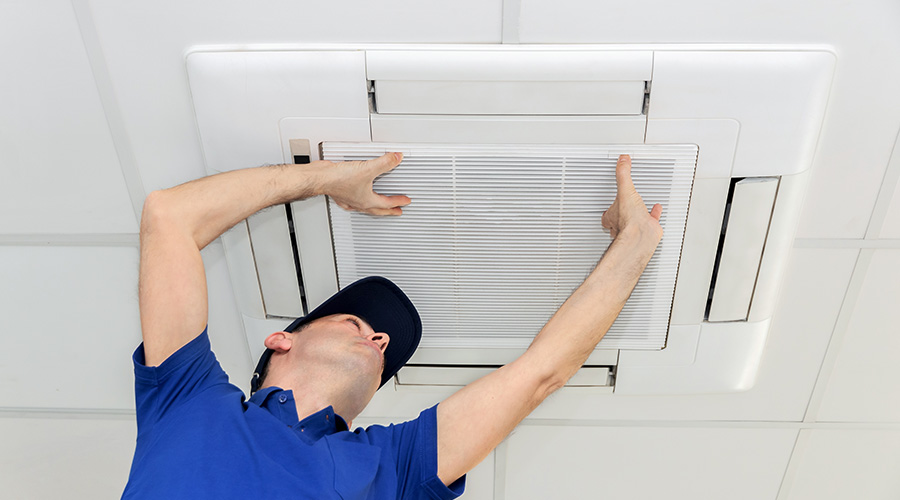Clemson University's December Freeze: Emergency Response Success
Low temperatures and strong winds combined with gas supply issues to create problems for the university’s facilities.
This was not supposed to happen in South Carolina, even if it was December. The temperature was not supposed to drop well below zero, and 42 facilities were not supposed to suffer water damage from burst pipes and the resulting flooding.
But that is the nature of emergencies. Despite emergency preparation, they can hit with little if any warning. The challenge for maintenance and engineering managers is to prove their facilities’ resilience by adapting emergency preparedness plans to meet the challenge and return facilities to operation quickly. That is what Anthony Harvey and his team did in December 2022 when temperatures plummeted in Clemson, South Carolina.
“This did not really fit in with most of our emergency response plan, so we had to work as a team when we got here and figure out a lot of stuff,” says Harvey, Clemson University’s associate director of facilities maintenance. “You do similar stuff that you would do in another type of emergency or disaster, but the actual process is a little different than what we normally have.”
Christmas crisis
Christmas Eve 2022 arrived on the Clemson campus with a low temperature of 6 degrees.
“That's not a temperature we normally see in this part of the country,” he says. “We also had some issues with an interruption of our gas supply that led to some heat going down in the facility.”
Low temperatures and strong winds combined with gas supply issues to create problems for the university’s facilities. But there were other complicating factors.
“Inside a lot of these buildings where we had major flooding, we have 100 percent outside air leading into the coils,” Harvey says. “When that gas feed went down, it caused our steam to go down. So where we normally would have the steam helping with the warmth to keep the coils from busting, we did not have that ability.
“Basically, the 100 percent outside air came in, froze the coil, and caused the interior of that coil to expand and crack. That caused it to burst as either the water pressure increased inside that coil, or it started to thaw out, which allowed the chilled water to run free in those areas. We also had water lines that were either not insulated or that were close to an exterior wall. There was a lot of wind associated with this that caused a lot of issues.”
The problems did not end there.
“We had a couple of issues with sprinkler heads busting on exterior buildings, and in a vestibule, we had a water line that busted,” he says. “We had a lot of different types of freezing, but all of it was freeze related from the cold air interacting with water and causing problems.”
Rapid response
Harvey and his team soon got word of the crisis unfolding in some of Clemson University’s facilities.
“The initial calls were from the fire department,” he says. “The water basically infiltrated the fire alarm system and triggered a response from the fire alarm as if it was a fire in the building. So the fire department went out, they saw flooding and then they immediately called us.”
As the team responded to the initial calls, the full scope of the emergency became clear.
“As we responded to one call, we would get another call from the fire department that another area had experienced some water damage,” he says. “We’d have to have break somebody off and send them to that place. We ended up having about 20 or 25 employees come in on Christmas Eve to just start working on those issues in different locations.”
The fact that problems had occurred in a large number of buildings presented a challenge in putting the university’s emergency response plan into action.
“If you have a tornado or something like that, you can kind of go to this specific area where it occurred and you know what damage you have,” Harvey says. “But in this situation, it was like you're working over here and then from the other side of campus, you get a call that they’ve got a problem over here. You have to quickly pivot and go in the other direction.”
The first task for responders was identifying and addressing the source of the problem.
“The first night, it was basically just getting water shut off,” he says. “Then as we had the ability to do some remediation with getting water up, we did that.”
The university was hardly alone in dealing with the weather. Snow, low temperatures and high winds had knocked out power for more than 500,000 people along East Coast of the United States, and the contractor providing emergency cleanup services to the university was inundated by calls for help.
“They were responding to other entities in the area, as well as us, and they were overwhelmed,” he says. “Our custodial staff did a good job and came in and helped out with getting some of that water up initially. That really helped with the process of trying to get up as much water as we possibly could.”
Harvey also contacted representatives of the various campus departments whose facilities suffered damage.
“As the information moved into different areas that different stakeholders oversee, they would need to work with those groups to tell them, ‘This is what's going on in your building, this is where we're at with it, and this is how much damage we found,’” he says.
Dan Hounsell is senior editor of the facilities market. He has more than 30 years of experience writing about facilities maintenance, engineering and management.
Related Topics:












